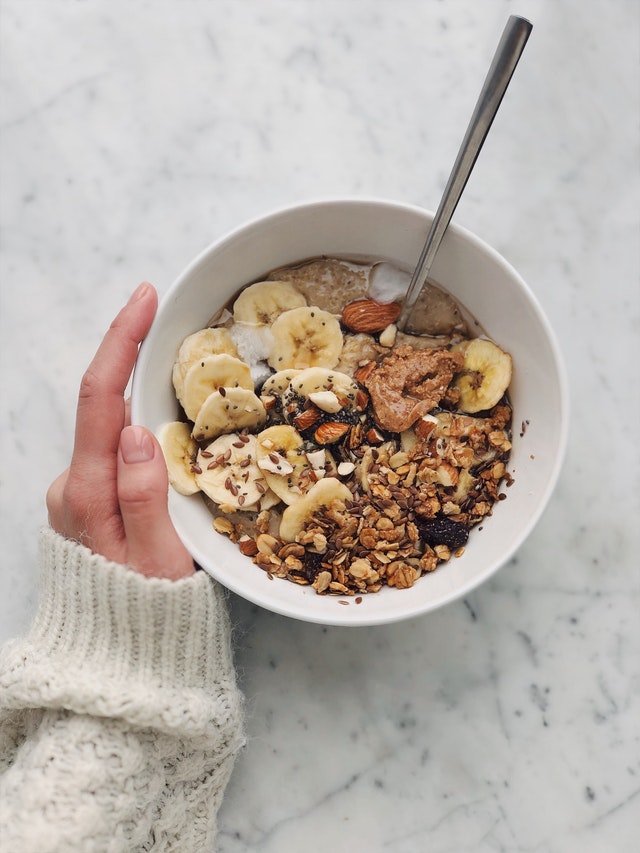14.5 Example: Skipping breakfast

The data in Table 14.6 come from a study of Iranian children aged 6–18 years old (Kelishadi et al. 2017). From this table:
- The proportion of females who skipped breakfast is ;
- The proportion of males who skipped breakfast is .
Also,
- ;
- .
For example, about 55.98 females skip breakfast for every 100 females who eat breakfast. The odds ratio (OR) comparing the odds of skipping breakfast, comparing females to males, is
the odds of females skipping breakfast are times the odds of males skipping breakfast. The data can then be summarised numerically (Table 14.7).
| Skips breakfast | Doesn’t skip breakfast | Total | |
|---|---|---|---|
| Females | 2383 | 4257 | 6640 |
| Males | 1944 | 4902 | 6846 |
| Percentage | Odds | Sample size | |
|---|---|---|---|
| Females | 64.1 | 1.786 | 6640 |
| Males | 71.6 | 2.522 | 6846 |
| Odds ratio | 0.708 |